pH is a measure of how acidic or basic (alkaline) a substance is. It is a scale that ranges from 0 to 14, with 7 being neutral. The term “pH” stands for “potential of Hydrogen” indicating the concentration of hydrogen ions (H⁺) in a solution.
The pH Scale
- Acidic:
- pH values below 7 indicate an acidic solution.
- Examples: Lemon juice, Vinegar
- Neutral:
- pH value of 7 indicates a neutral solution.
- Example: Pure water.
- Basic (Alkaline):
- pH values above 7 indicate a basic or alkaline solution.


